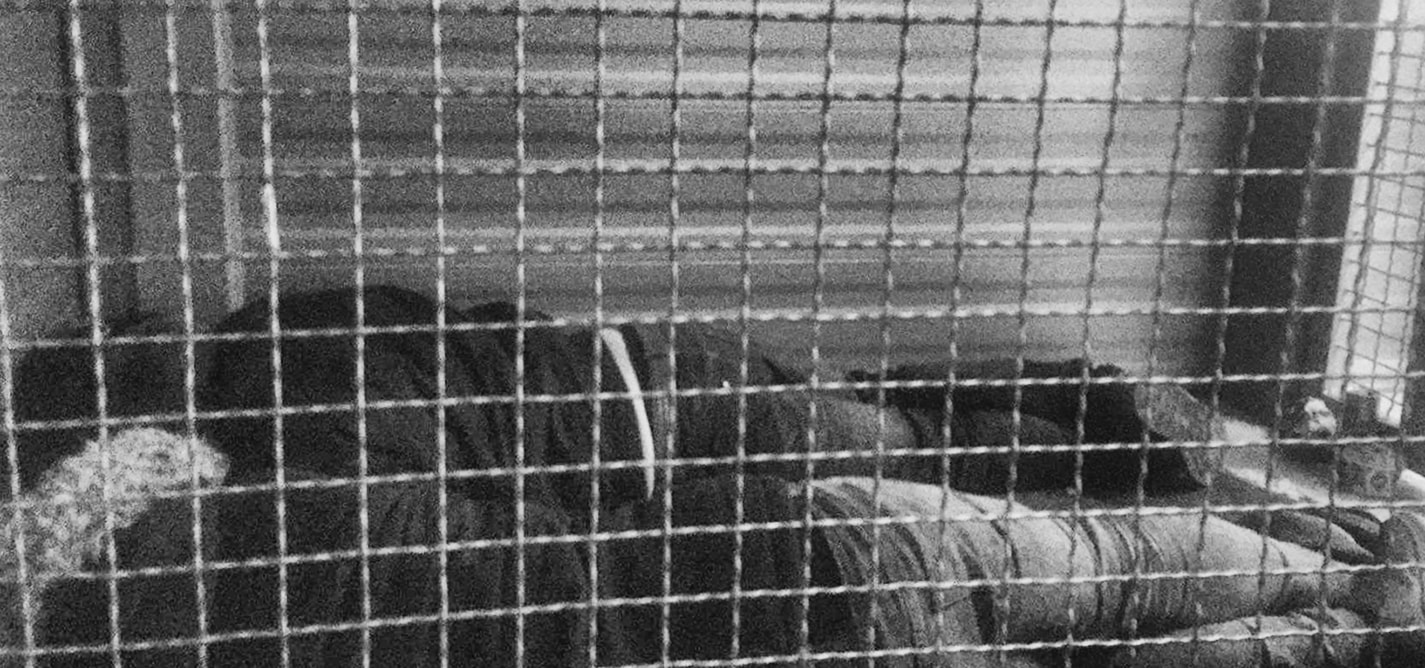
Since when is keeping migrants in cages EU standards?
Footage from Bosnia and Herzegovina screams out for a reaction.
|28.04.2019
|
European standards, which are always treated as a handy excuse by Bosnian authorities, state that people — children in particular — are not to be held in cages.
It is clear that by holding people in cages we are not aligning ourselves with some European standards.
It’s hard to accept that, despite our collective experience, each cell in our bodies is not screaming in horror at the thought that a single child is being treated like a stray dog.

Aleksandar Brezar
Aleksandar Brezar was born in 1984 in Sarajevo. Presenter and reporter for the Bosnian public broadcaster BHRT, he has also worked as a journalist at Radio 202, and on several documentaries for PBS, Holocaust Memorial Museum United States of America and Al Jazeera English. He also works as a literary translator.
DISCLAIMERThe views of the writer do not necessarily reflect the views of Kosovo 2.0.
This story was originally written in Serbian.